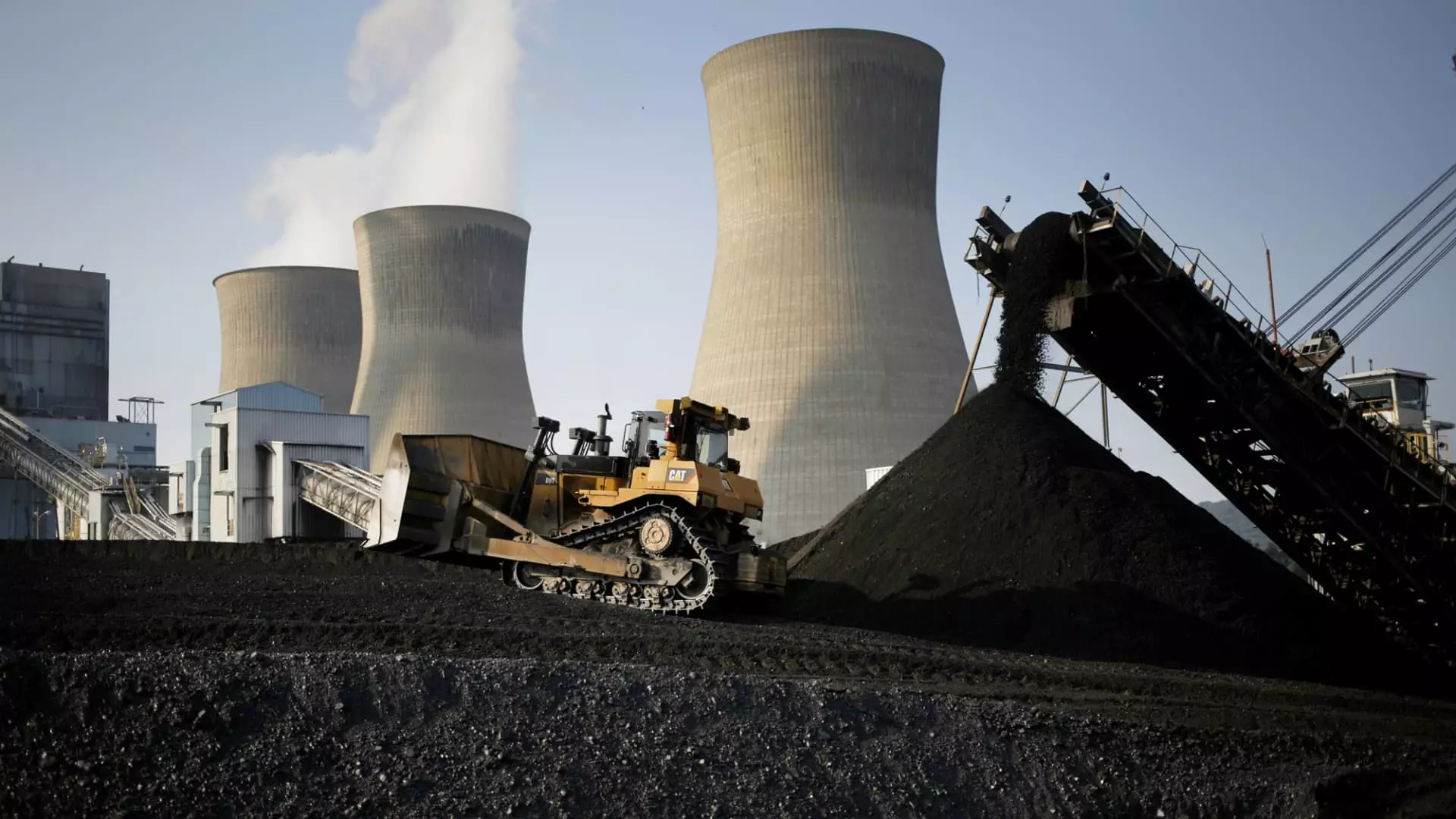As the United States grapples with increasing energy consumption amidst the burgeoning demand for electricity, nuclear energy has emerged as a pivotal component in the nation’s energy mix. Mike Goff, the acting assistant secretary for the Office of Nuclear Energy at the Department of Energy, recently underscored the urgency of comprehensive action: to keep pace with rising consumption and reduce carbon emissions, the U.S. must significantly expand its nuclear fleet. Given that nuclear energy currently accounts for over 18% of electricity generation in the nation, scaling up this industry is not just beneficial; it is essential for environmental and energy security.
The U.S. has the largest nuclear fleet in the world, comprising 94 operational reactors with a total capacity of around 100 gigawatts. However, Goff’s assertion that 200 additional gigawatts of nuclear power need to be established—equivalent to building nearly 200 new reactors—highlights the scale of the challenge ahead. The task may appear daunting, but it is clear that strategic deployment of new nuclear facilities is vital if the U.S. is to meet its energy and climate goals by 2050.
One notable initiative in reviving the nuclear sector is Constellation Energy’s plan to restart the Three Mile Island facility by 2028. Contrary to popular belief, the reactor set for reopening is not the one that experienced the infamous partial meltdown in 1979, but rather Unit 1, which was taken offline in 2019 due to economic reasons. Goff has expressed optimism regarding this project, recognizing that its successful operation can help address the immediate electricity needs of high-demand sectors, such as tech giants like Microsoft, which require substantial, reliable power for their data centers.
The push for restarting existing reactors, however, represents only a fraction of what is required. With a limited number of decommissioned plants that can potentially be revived, Goff acknowledges that the real focus should be on deploying new reactors to elevate the overall production capacity.
Tapping into Coal Sites and Community Resources
Interestingly, the transition from coal to nuclear energy may present a unique opportunity for development. Many regions in the U.S. are phasing out coal facilities to meet sustainable energy targets, leading to a surplus in energy infrastructure. These previously operational coal plants have existing transmission lines and a skilled labor force that can be repurposed for nuclear energy production. According to a recent Department of Energy report, repurposing these coal sites could allow for the implementation of up to 174 gigawatts of new nuclear power across 36 states.
With the notable economic advantage of potentially reducing construction costs by 30% at former coal sites, there is a significant incentive to consider these locations for future nuclear plants. This approach not only leverages existing infrastructure but also aids communities financially affected by the decline of coal as an energy source.
Overcoming Challenges: Economics and Technology
Despite the promising opportunities presented by exiting plants and infrastructure, the road ahead is fraught with hurdles—particularly concerning economics and technological advancements. The expansion of existing plants, such as the Vogtle project in Georgia, has revealed the substantial financial and logistical challenges that accompany nuclear plant construction. With costs ballooning to over $30 billion and delays extending timelines by several years, there is an urgent need to streamline processes and control expenses.
If the U.S. is to meet its ambitious nuclear power expansion targets, investments in advanced reactor designs are imperative. While some of these new technologies are still years from commercialization, they hold the potential for smaller, more efficient nuclear plants that can be deployed more rapidly across a wider range of sites.
As the landscape of U.S energy production continues to evolve, it is clear that green, firm baseload electricity is becoming increasingly vital. The recent trend of companies recognizing the importance of large-scale, reliable energy sources serves to reinforce the case for nuclear power. Goff pointedly noted that the changing economics surrounding nuclear energy, bolstered by supportive policies like the Inflation Reduction Act, gives cause for optimism.
Moreover, as we witness the successful revivals of facilities like Three Mile Island and Palisades, it becomes essential to foster an environment that not only supports these restarts but also enables the development of new nuclear plants.
The path to achieving a robust nuclear infrastructure in the U.S. is complex and multifaceted, demanding not only technological innovation and political will but also strategic utilization of existing resources. As the country strives toward a sustainable energy future, nuclear energy stands poised to play a critical role—in assuring energy security, fostering job transition, and combating climate change.

